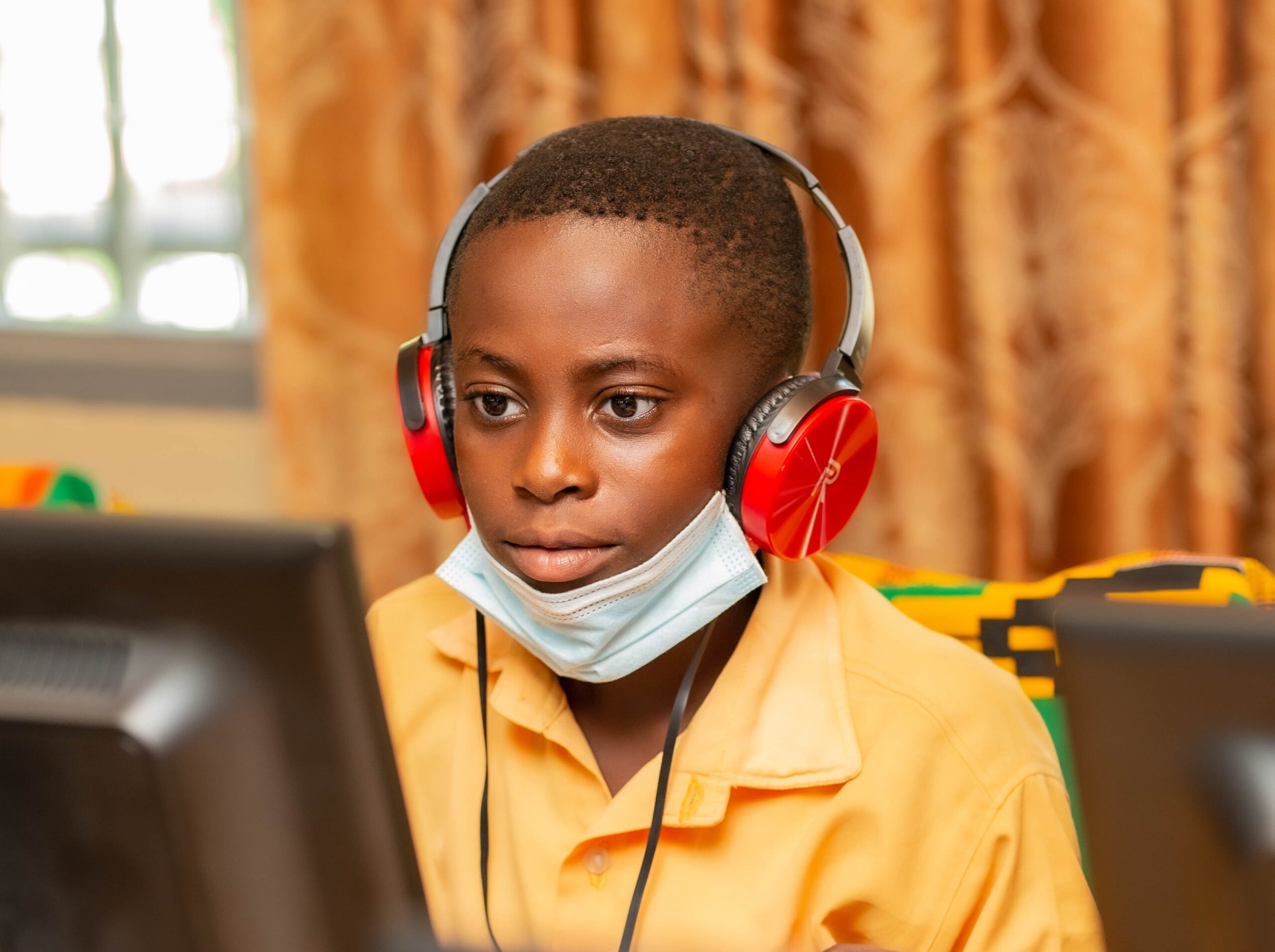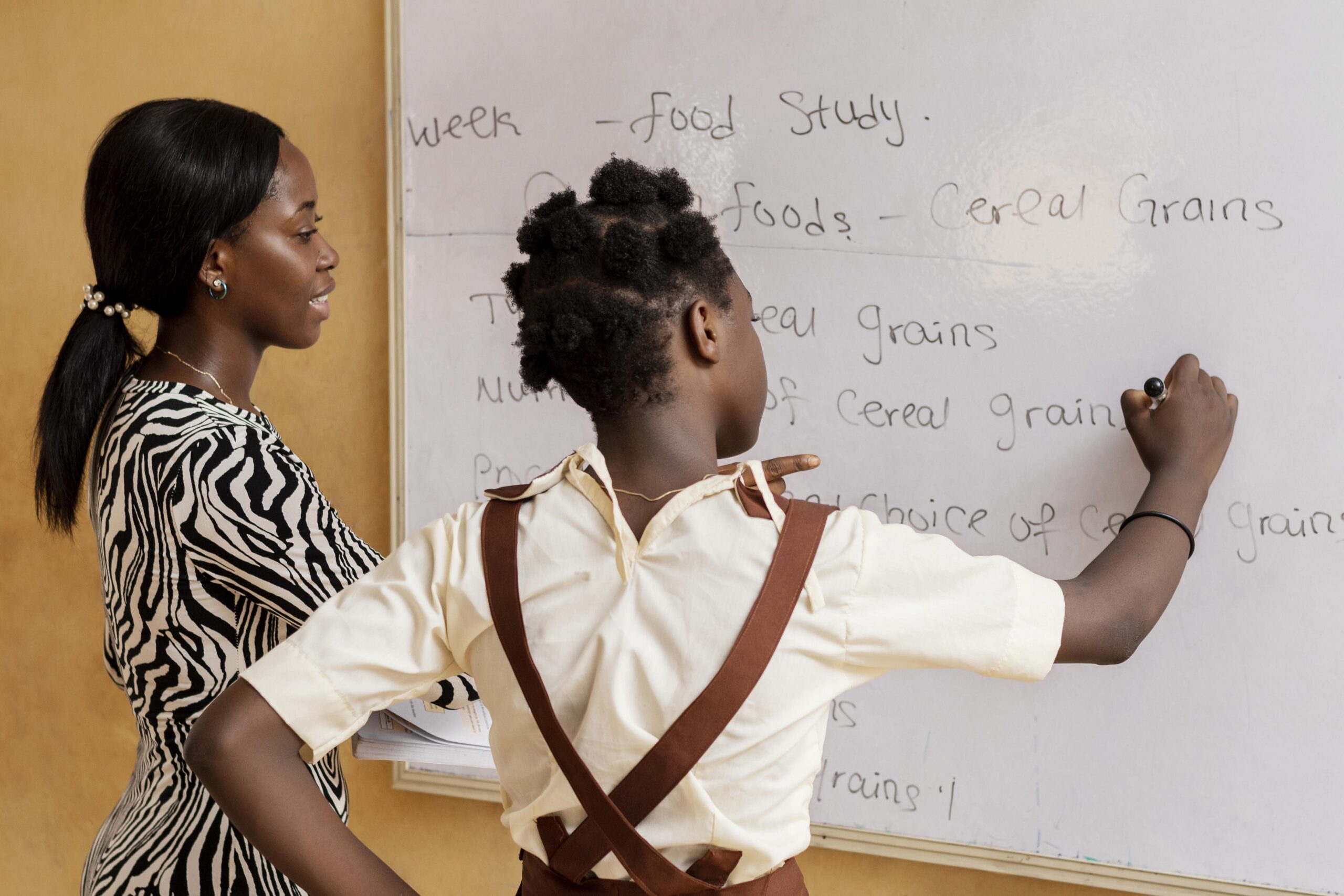
THE SPREAD OF CORONAVIRUS IN THE CLASSROOM
As many countries are winning the fight against the spread of coronavirus among the citizenry, others are experiencing a second wave of the pandemic. Scientists have studied the Coronavirus Pandemic to reveal the extent to which the risk of infection in certain environments especially in the classroom can be mitigated if school authorities, teachers and students take some measures against airborne transmission.
According to health authorities in Spain, schools only account for 6% of coronavirus outbreaks recorded . The dynamics of transmission via aerosols in the classroom change completely depending on whether the infected person or patient is a student or a teacher. Teachers talk far more than students and raise their voices to be heard, which multiplies the expulsion of potentially contagious particles. In comparison, an infected student will only speak occasionally. According to the Spanish National Research Council (CSIC) guidelines, the Spanish government has recommended that classrooms be ventilated.
Read about an overview of the likelihood of infection in a classroom scenario based on the safety measures used and the length of exposure on the spread of Coronavirus put together.
In Ghana, all nursery, kindergarten, primary, and first-year junior high school pupils will continue to remain at home until January 2021. Second-year students in Junior and Senior High Schools across the country have however resumed classroom engagements as of October 5. Do you think students are at more risk of exposure in schools?
Send us your thoughts and comments via admin@techaide.global.








